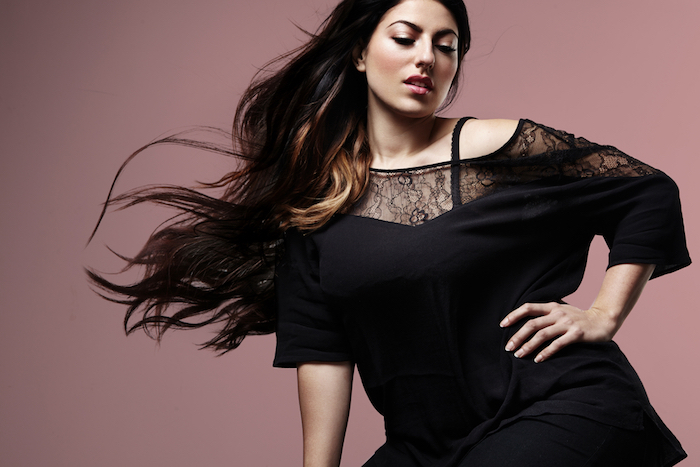The Science Of Style: How Data Can Improve The Plus-Size Shopping Experience

Shopping for clothes is hard enough for women who fit industry ideals for shape and size. It’s even harder for women who fall outside those very narrow parameters — which, as it turns out, is almost all of them, since the average American woman is “plus-sized” — that is, wearing size 14 or higher.
That’s according to TechCrunch, which also noted that only 18 percent of clothing sold in 2016 fell into this size range. Brands and merchants have been missing an opportunity to serve a significant portion of the population by simply not delivering the same styles loved by more petite shoppers in a larger size.
While there are brands out there catering to the plus-size market — and indeed, several are gaining substantial momentum — there’s still a long way to go in terms of serving this demographic.
The discovery connection is not always being made between customers and brands. Customers want to find fashionable apparel in their size but may not know where to look. And brands want to reach those customers, which is always a challenge in the noisy world of advertising and marketing.
In short, the demand is there and so is the supply, but no one is bridging the two.
A team of fashion executives have set out to change that. Kent Helbig, former Gilt Groupe technology head, and Brooke Cundiff, Gilt fashion director and head of brand acquisition, told PYMNTS how their new eCommerce site, CoEdition, aims to bring all these brands together under one umbrella and help customers discover their new favorite outfits through data science.
Also behind the launch were Gilt Groupe Founder Kevin Ryan and former Gilt Chief Merchandising Officer Keith George, now CoEdition’s CEO.
Getting Personal
Today’s omnichannel retail is all about personalization. Instead of recommending the same products to everybody, platforms like CoEdition want to suggest items for specific customers based on past purchasing activity and known likes.
Regional data can also be a key factor. Visit New York City and the Midwest, said Helbig, and the dominant fashions will be different — so a smart recommendation engine won’t bubble up the same brands and products to customers in those disparate locations.
But with enough data, any artificial intelligence (AI) can put together a matching outfit. Cundiff said CoEdition also wants to drive discovery by spotlighting brands and influencers that customers may not otherwise encounter to inspire new looks.
“Our woman has a great sense of style and loves fashion,” Cundiff said. “She’s well-versed in the trends. Our woman loves to shop; she loves the thrill of the hunt. She can come to our site and experience that sense of discovery.”
Cundiff added that CoEdition believes this discovery element is what will differentiate it from plus-size-focused subscription services like Gwynnie Bee, which assembles outfits for customers rather than giving them creative rein.
Such a subscription box has its place, Cundiff said, but it serves a different kind of customer. CoEdition aims to empower shoppers who are looking for ideas and inspiration, as much as they are looking for an outfit, Cundiff said. That’s not purely transactional. There’s an art to it.
Art and Data
Style guidance and personalized recommendations are the pillars of CoEdition’s value proposition.
Helbig said that personal stylists could one day play a major role in the website’s functionality. Beyond that, he said CoEdition is working to build a community with strong customer service and content pulled from shoppers’ social media channels, sharing what they bought to help inspire others. That’s in addition to influencer campaigns featuring individuals sharing some of their favorite looks, he said.
So much for style guidance. But personalized recommendations are a little harder. Data is, of course, the key to targeting customers with the right products more precisely. But to leverage data, a company must first collect it, and to collect it, the company must do business for a while.
So, to begin, Helbig said CoEdition is providing basic category recommendations, such as hats with scarves, and relying on human eyes to determine which hats and scarves actually go together. As time goes on, recommendations will become more precise as the system learns which items are typically purchased together, creating opportunities for brands on the site to upsell matching products.
However, Helbig said the manual component won’t go away even then — though the load will get lighter.
“Our AI is rudimentary now. It will get easier as we go and the system gets smarter. Right now, we’re working on getting our basic rules and data built out so the AI can take over for itself,” Helbig said. “But we’ll never take the human eye out completely. That’s one of the great parts about fashion.”